If you have started looking into student life in Uppsala you have probably heard of two things, the student nations, and Valborg. Held on 30 April every year, Valborg or “sista april” (last of April) is without a doubt the biggest annual event in Uppsala. On this day, tens of thousands of people from around Sweden arrive in Uppsala to take part in the festivities, and as a student you will be at the very centre of these celebrations. Ideally, the sun will be shining, and it will be warm enough to wear a t-shirt and shorts. But being Sweden, there could be sunshine, rain or snow, and the Swedes come out in force regardless. When we talk with international students about their time in Sweden they always bring up this day as one of their most memorable experiences. It is a big day for Swedish students too, but it is hard to grasp just how significant the day is in Uppsala until you see it for yourself, which is why it makes such an impression on international students. Whether you are considering studying at Uppsala University or are a current international student getting ready to celebrate, Valborg in Uppsala is a day not to be missed, and one that you are unlikely to forget.
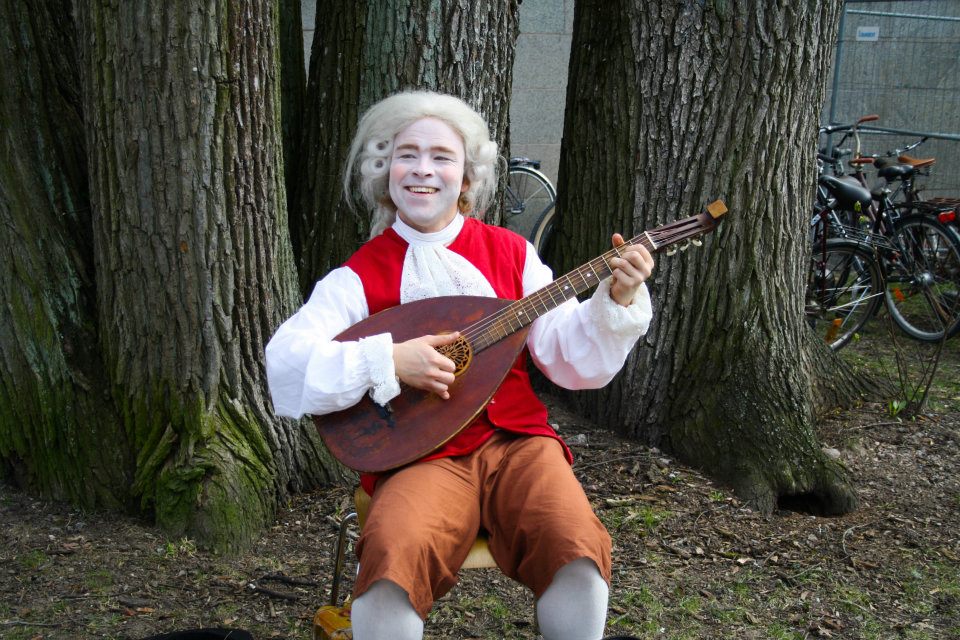
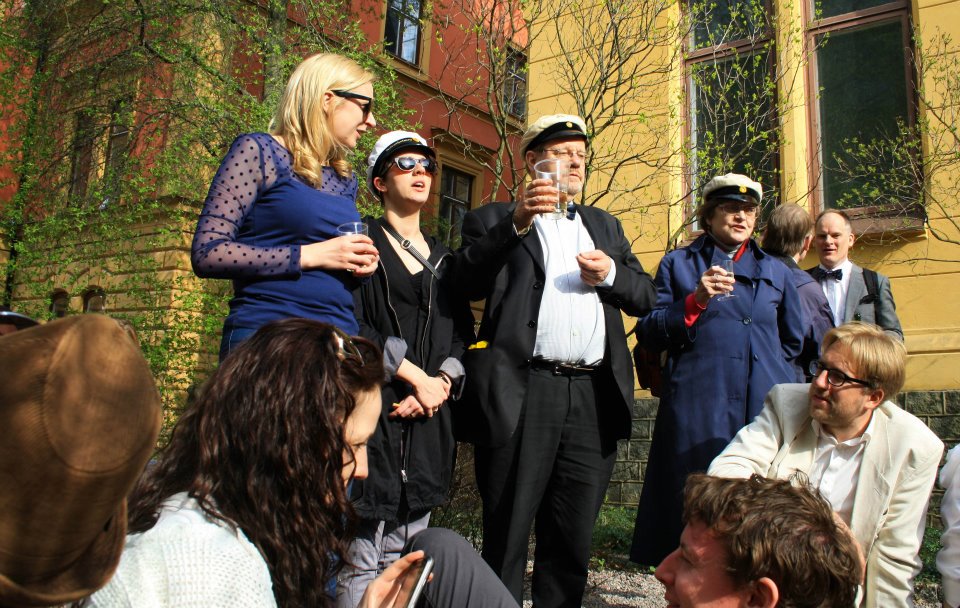
Singing traditional spring songs
So, what is it exactly?
Walpurgis Night is the English name for Valborg, and is called so because it is the eve of the feast day of Saint Walpurga. Traditionally thought of as the “witches’ night”, Walpurgis is recognised in many countries throughout Europe as an old pagan practice. On this date large bonfires are traditionally held to ward of witches and other evil spirits. It can also be thought of as a day to celebrate the end of the cold, the beginning of spring and the welcoming of warmer months.
Valborg in Uppsala is extra special and dominated by a number of student traditions that date back many years. If you want to experience Valborg to the fullest extent, we recommend taking part in the following activities:
Champagne breakfast, or “champagne frukost”
Usually, Valborg begins bright and early with a champagne and strawberry breakfast. This is an early indication that champagne plays a big role in the last of April festivities. You may wish to organise a quiet champagne breakfast at home with your friends, or you could have a picnic breakfast down by the River Fyris in order to reserve a coveted position by the water. If you wish to join a bigger, organised breakfast event you can also attend the Uppsala International Committee’s champagne breakfast which is usually held at a student nation.
Running the falls of the River Fyris, or “forsränningen”
It has been over 40 years since the iconic river raft race was first started by two former engineering students at Uppsala University. Apparently, they wanted to see if it was possible to make it down the river through the centre of town on a man-made raft while the water was at its highest. Needless to say, they succeeded, and the tradition continues on to this day. In the week leading up to Valborg teams of students who wish to get their toes wet convene on the grassy area at Campus Ångström to build their rafts out of Styrofoam. Each raft usually has a theme, and each year the rafts and costumes get more creative. At 10 am the race starts, and each team makes its way into the water. As they travel down the river through the centre of town they encounter several rapids, and many of the boats fall apart. It is always entertaining to see which teams make it to the end, and the friendly rivalry between the rafts. During the race the river is lined with literally thousands of people all trying to watch. As space is so limited, we recommend getting there early to secure a spot!
If you would like to read more about how the running of the falls started, you can read the following article.
To read about the raft building at Campus Ångström, and the activities that are held during the week, view the following link.
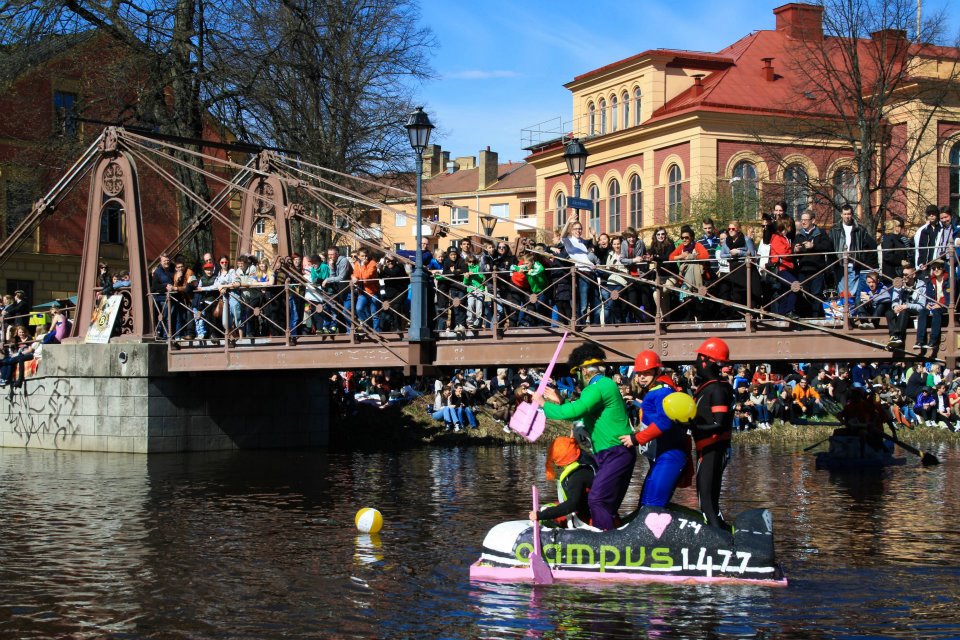
One of the rafts in the running of the falls
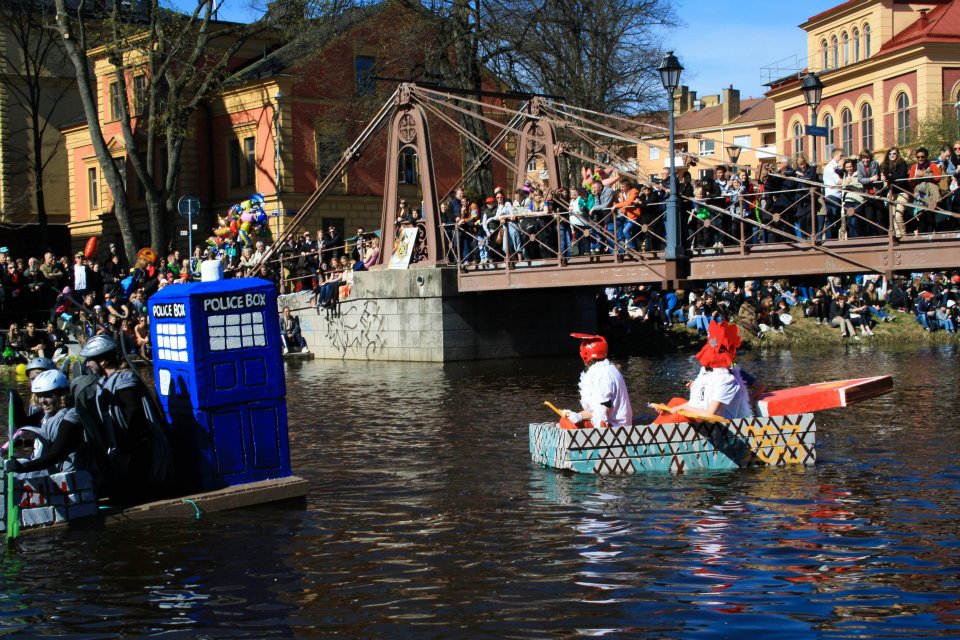
One of the rafts in the running of the falls
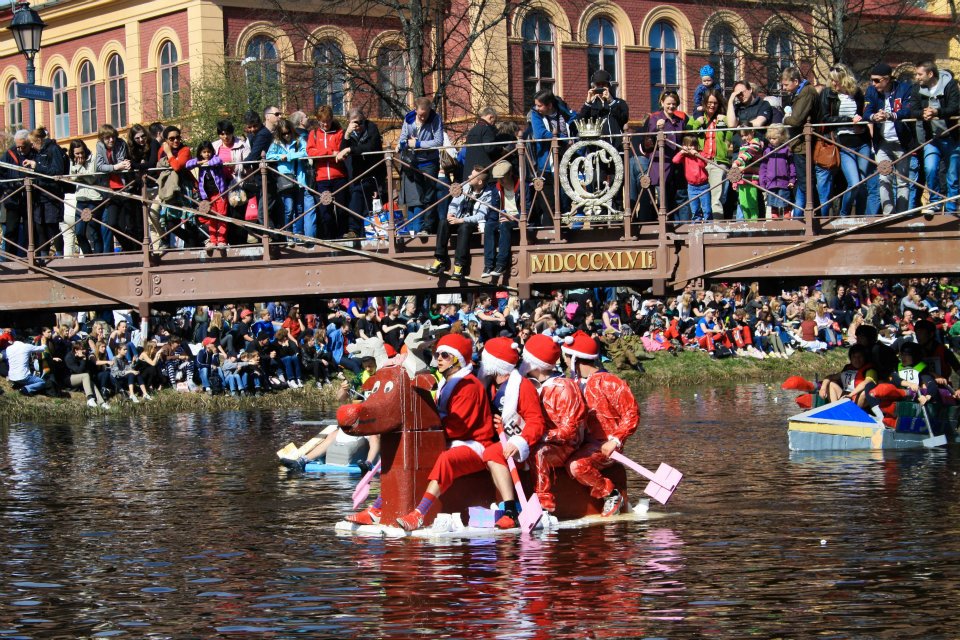
One of the rafts in the running of the falls
Traditional herring lunch, or “klassisk sillunch”
After the running of the falls people flock to parks or private parties to enjoy a traditional Swedish celebratory lunch consisting of pickled herring, boiled potatoes, hard bread, chives, and sour cream. The herring can be purchased inexpensively from any grocery store and comes in a wide range of flavours, such as mustard, tomato and onion, or classic pickle, or you could try making it yourself. The largest gathering takes place at Ekonomikum Park. Here, thousands of people sit on the grass enjoying lunch with friends, classmates and family. There are usually so many people in the park at the one time that making phone calls can be difficult, so if you are going to be meeting friends in the park we suggest deciding on a clear meeting spot in advance. If you are enjoying a formal lunch, the food will usually be accompanied by snaps and lots of singing. If sitting in a park is not for you, you could attend an organised traditional herring lunch, such as the one at Uppsala Concert House.
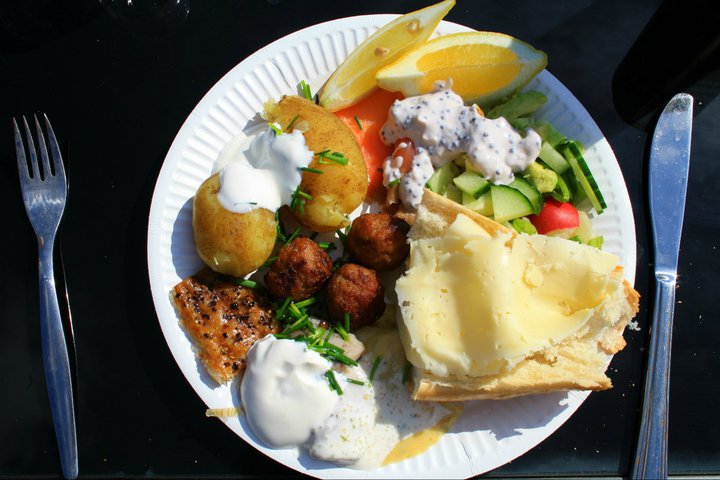
A plate containing classic Valborg food, including pickled herring
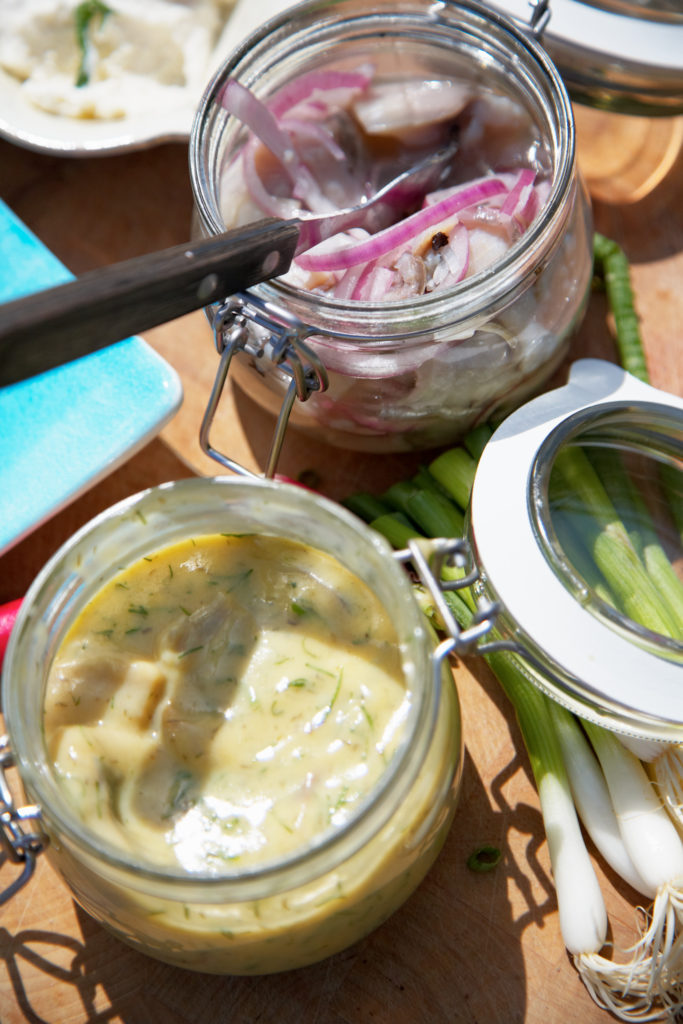
Different flavours of pickled herring in jars. Image taken by Joel Wåreus, http://imagebank.sweden.se/
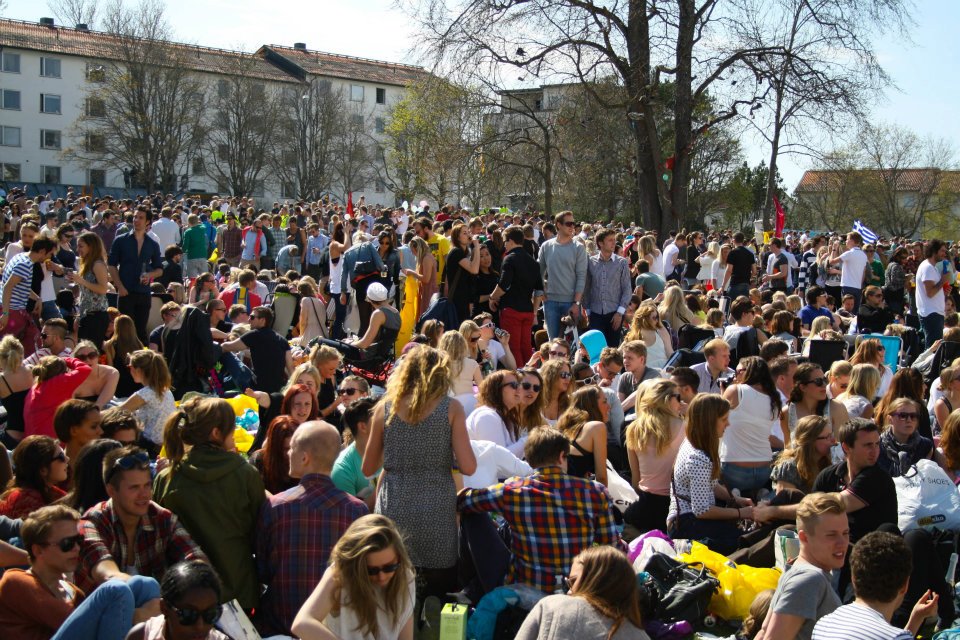
The crowds at Ekonomikum Park
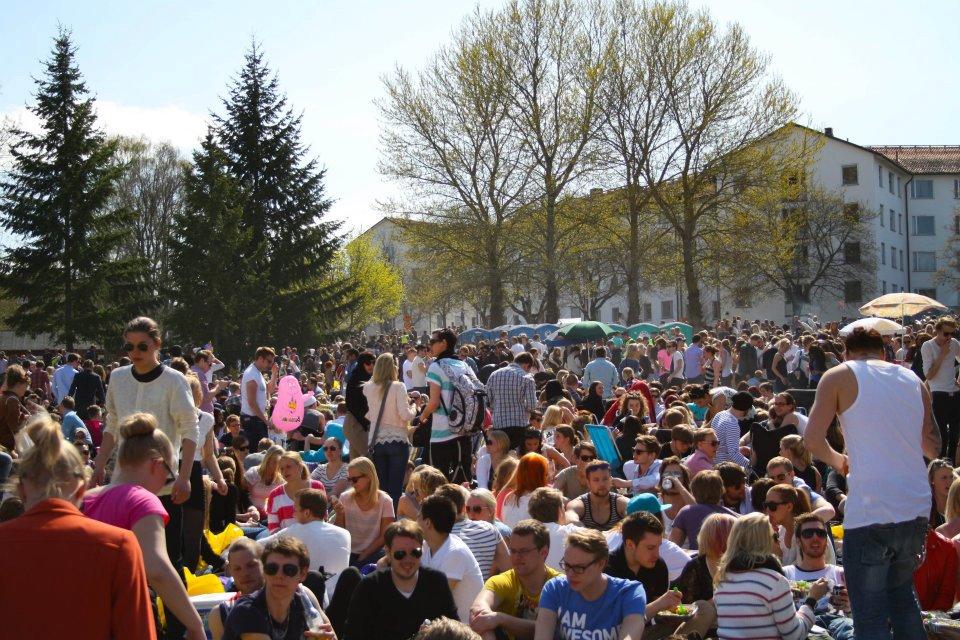
The crowds at Ekonomikum Park
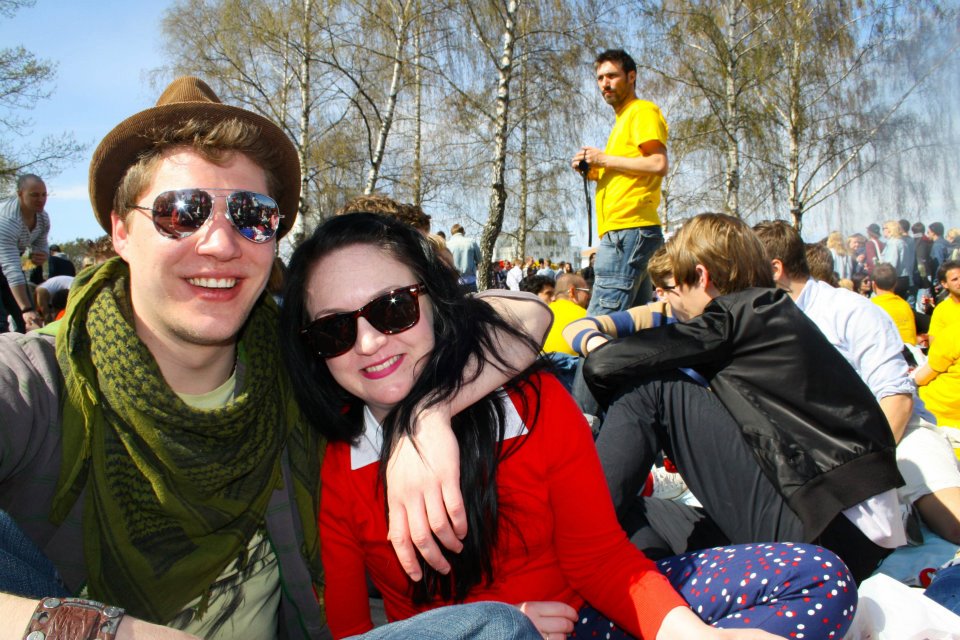
Enjoying lunch at Ekonomikum Park
The donning of the caps, or “mösspåtagning”
One of the most well-known activities taking place in Uppsala each Valborg is the donning of the caps. After lunch, large crowds gather outside of Uppsala University’s famous library Carolina Redoviva to watch. At precisely 3pm, the Vice-Chancellor of the university along with other dignitaries walks out on to the veranda of the library and looks down over the sea of people. They raise their white caps, waving at the people below, and the people respond by waving and cheering back. On the library stairs, underneath the balcony, are members of the student unions and student nations, and a choir or band. After the donning of the caps they start playing traditional spring music and entertaining the crowds. The white caps were first introduced in Sweden during the 1800’s and were used by students to show that they belonged to a student union. Later, it was worn by students when they completed their high school studies. Today, when a student in Sweden finishes high school they still wear a white cap during their graduation celebrations. It is popular for Swedes to bring their caps out to wear again each year on Valborg, including those who graduated high school many, many years ago. In Uppsala, the white caps have yellow and blue lining and a yellow and blue cockade. For a 360-degree view of the donning of the caps, have a look at the following link.

The donning of the caps. Photo taken by David Naylor

The donning of the caps. Photo taken by Lars Wallin.
Champagne race, or “champagnegalopp”
If you feel like amping the party up a notch you can take part in a champagnegalopp at one of the student nations. The champagnegalopps begin at 3pm on Valborg, and are so popular that partygoers often line up for hours to ensure they get in. Part of the fun of a champagnegalopp is being able to buy a bottle of champagne and then spray it all over your friends and other party goers. So if you attend a champagnegalopp be prepared to get very wet! Make sure you wear clothes that you don’t mind getting soaked in champagne. As there will be plenty of dancing and jumping around, comfortable shoes are a must. And to be extra careful we recommend keeping your mobile phone and wallet in a plastic bag.
Bonfires, or “majbrasor”
As I mentioned earlier, Valborg is an old pagan custom to welcome the arrival of spring, and protect against unwanted spirits, and the tradition of gathering around large bonfires lives on today. Apparently the bonfires started as a way of scaring off predators before farm animals were released into the fields to graze. As the days are brighter and longer, the bonfires are usually lit at around 9pm as night approaches. In Uppsala and other cities around Sweden, hundreds of people stand shoulder to shoulder around the dancing flames, and often sing old spring songs which welcome the warm spring sun. If you are in Uppsala and wish to see one of the biggest and most popular bonfires, we recommend heading out to Gamla Uppsala in the evening. There is usually a lot of activity in this historical location, including the bonfire, speeches, choirs, and fireworks.
We hope that one day you will all have the opportunity to celebrate this day for yourself in Uppsala. For those of you who are gearing up to experience your first Valborg, we wish you a happy and hopefully warm and sunny day! We encourage you to get out there and do it all, but please stay safe and act sensibly. Since 2009 Uppsala University, together with Kuratorskonventet and Uppsala Municipality, has promoted with the campaign Every other water, or “Varannan vatten” on Valborg. To encourage responsible drinking and less focus on alcohol in general, over 70 000 bottles of water will be handed out to individuals.
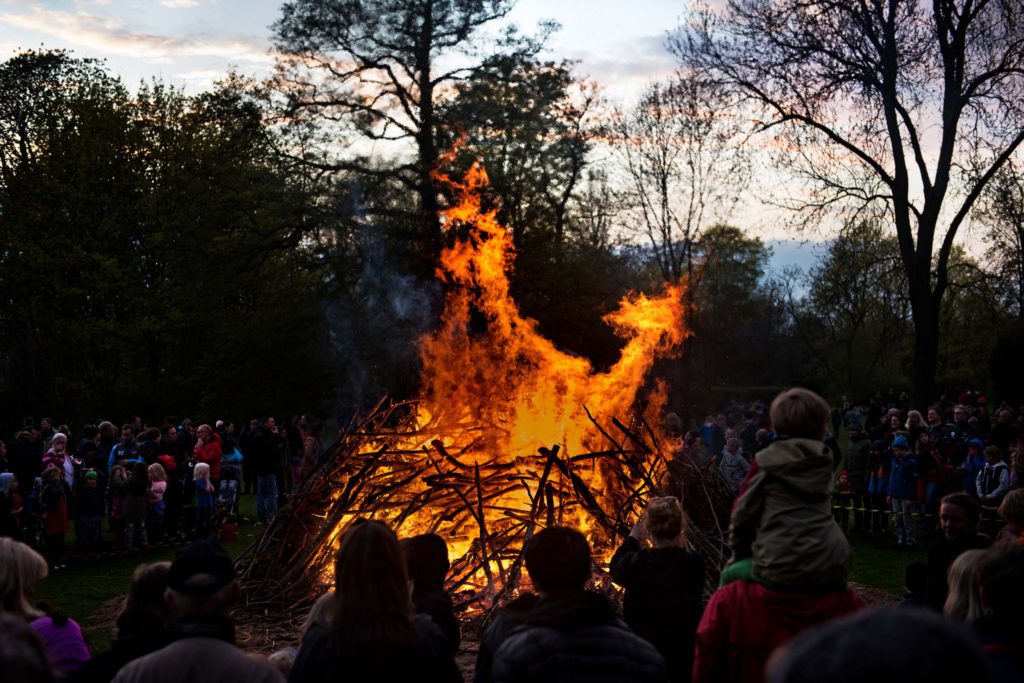
A big bonfire on Valborg night. Photo taken by Aline Lessner, http://imagebank.sweden.se/
Experience Valborg on Instagram!
If you would like to see how our student bloggers in Uppsala will be celebrating Valborg this coming Monday, make sure you keep an eye on our Instagram account TaggedforUppsala, where several of our students will be doing a take-over.
Jorja Zambars, International Office
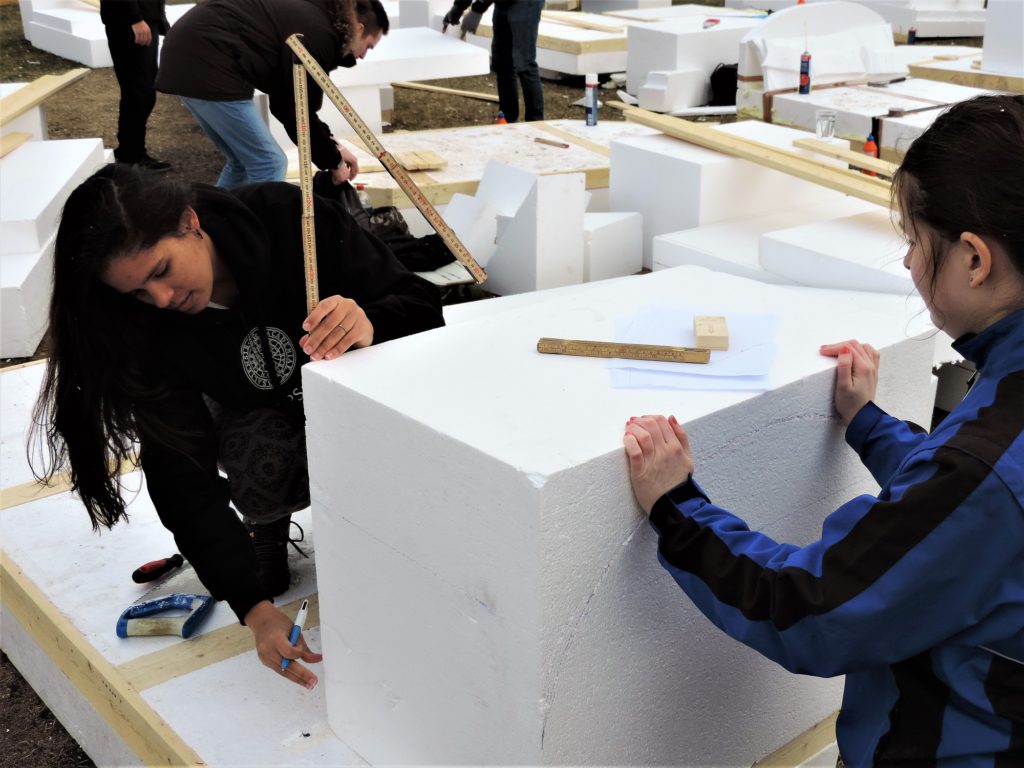
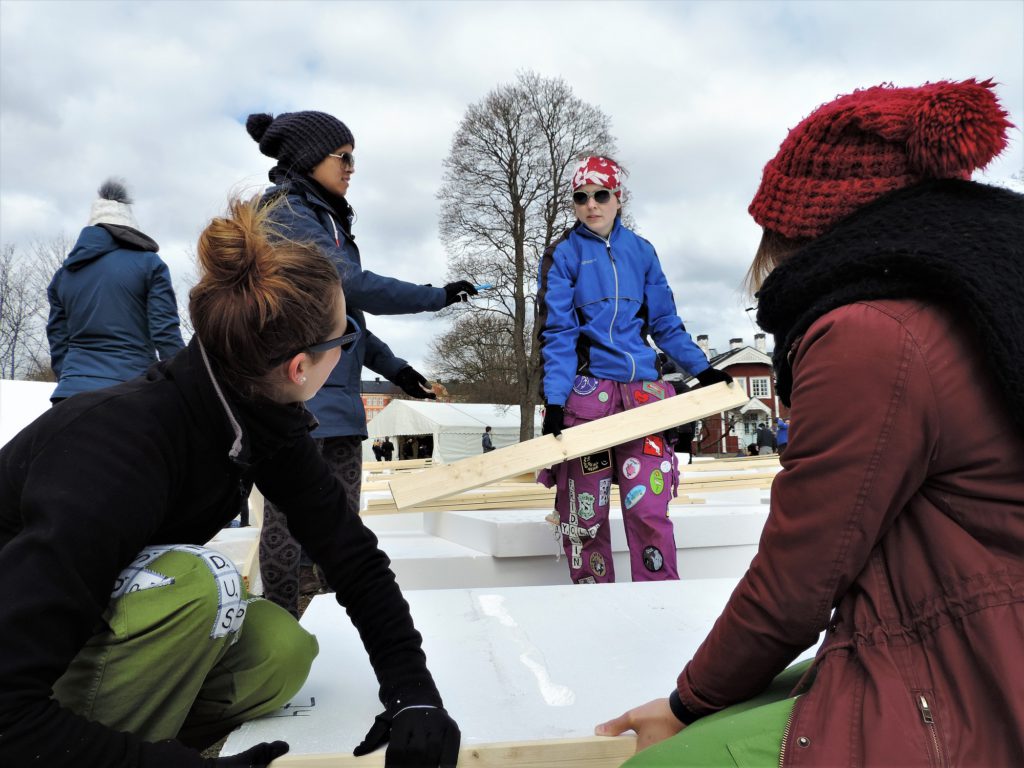
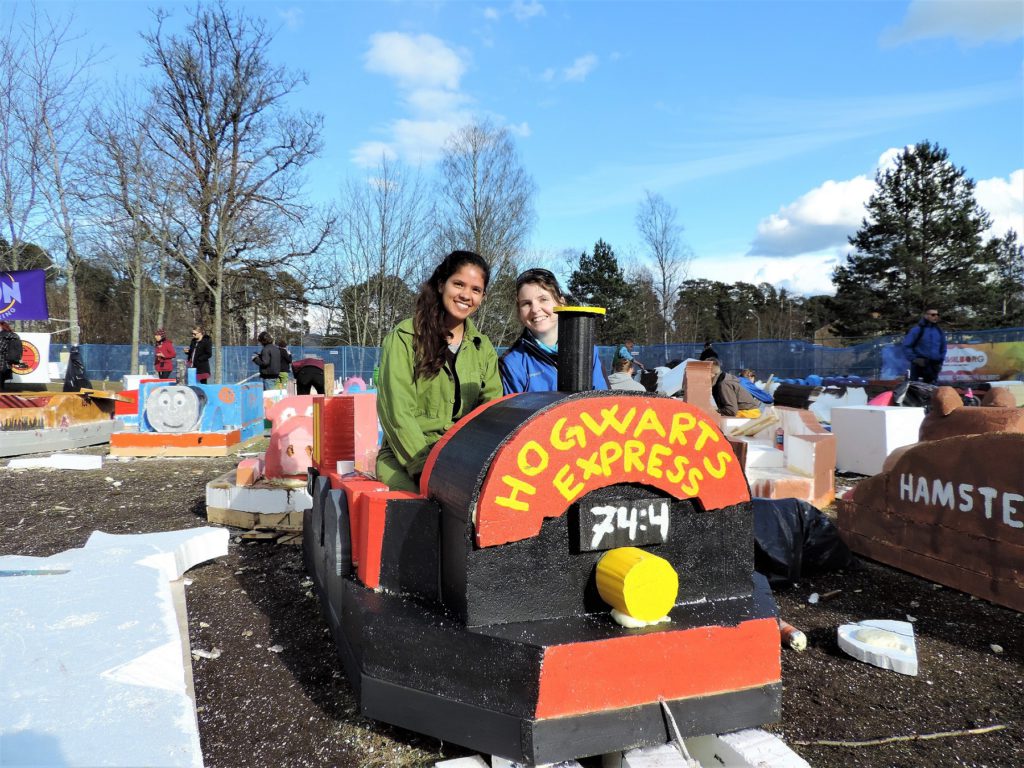



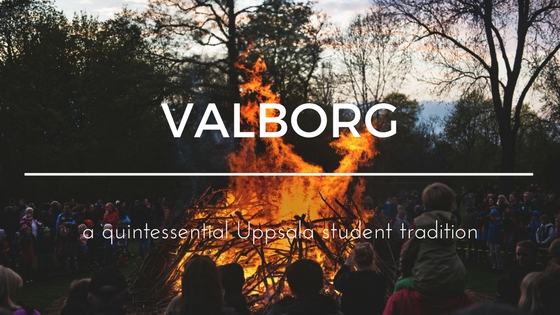













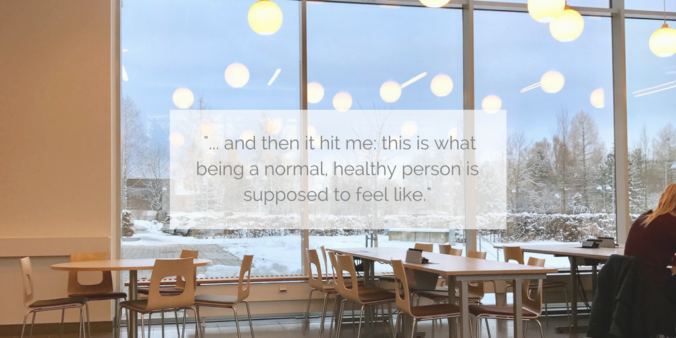

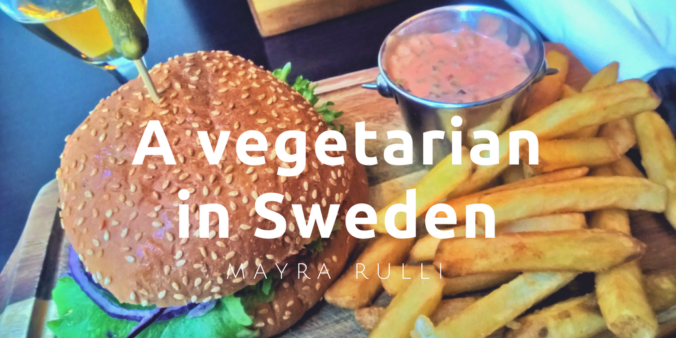
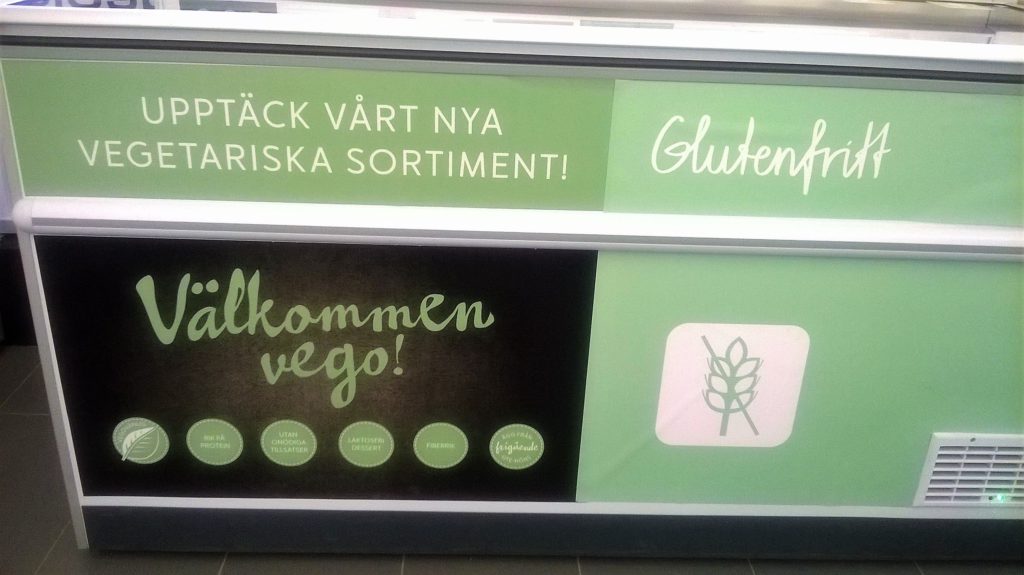
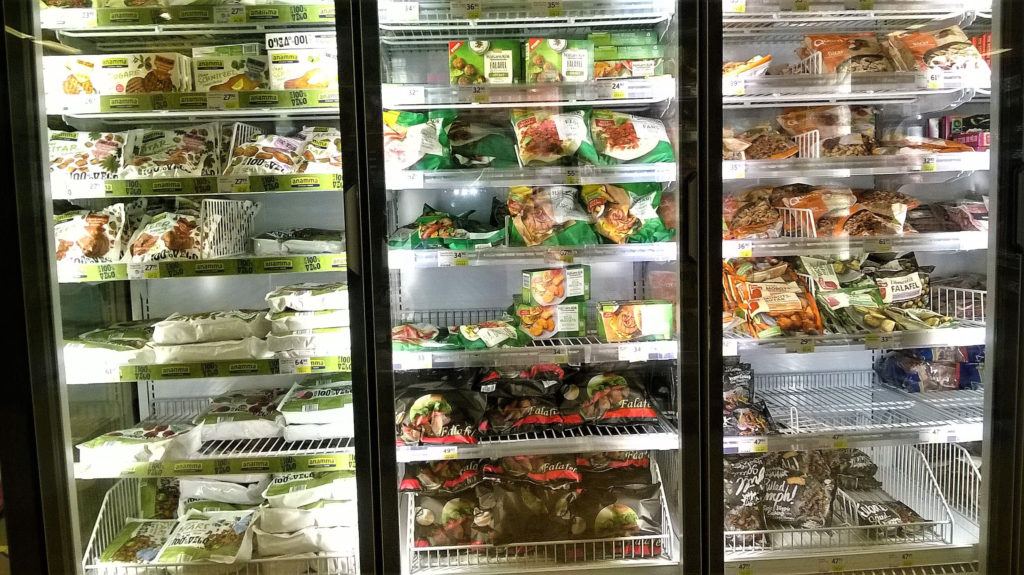
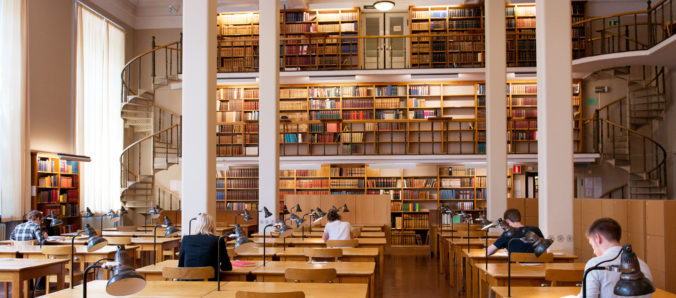
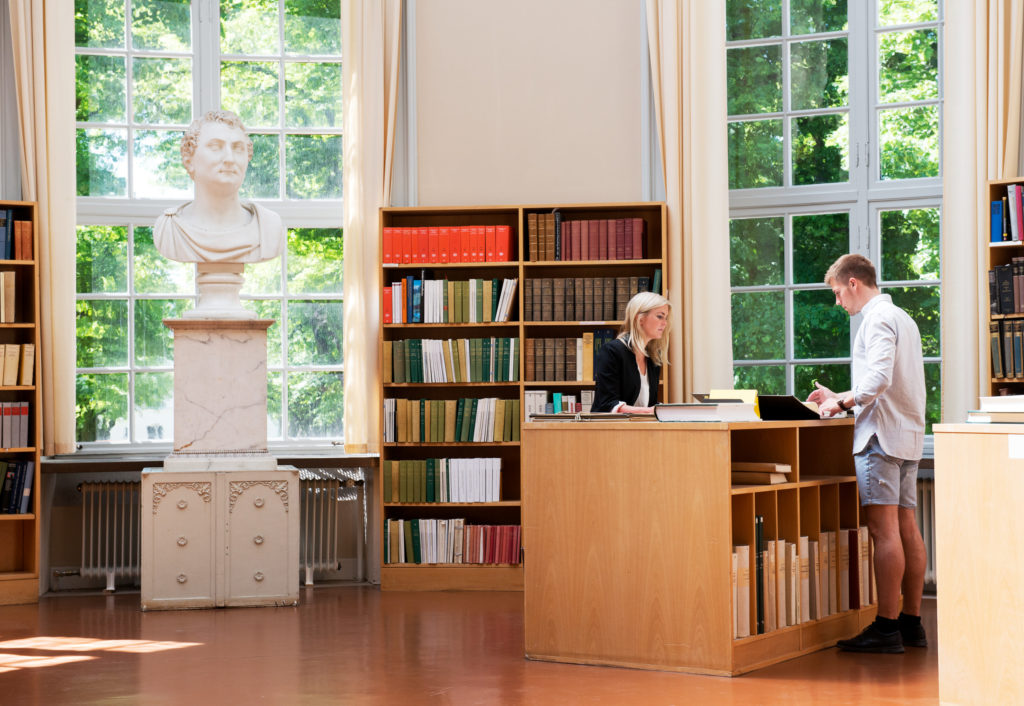

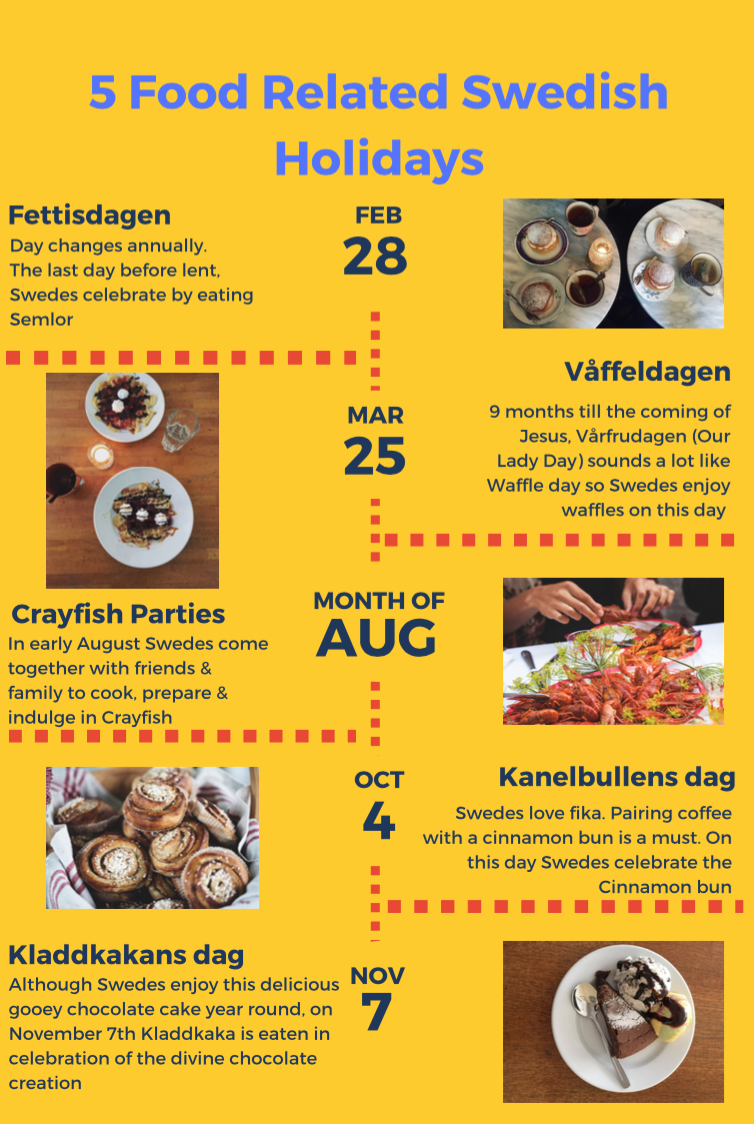

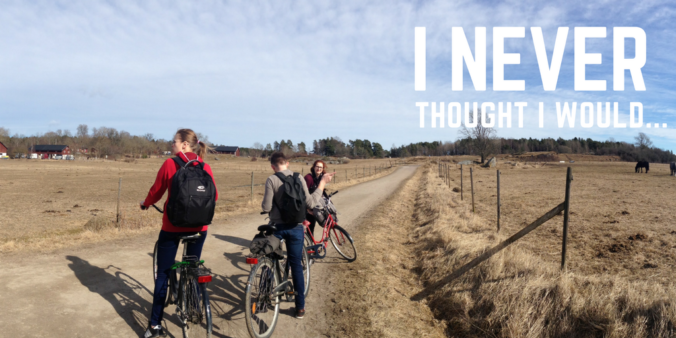
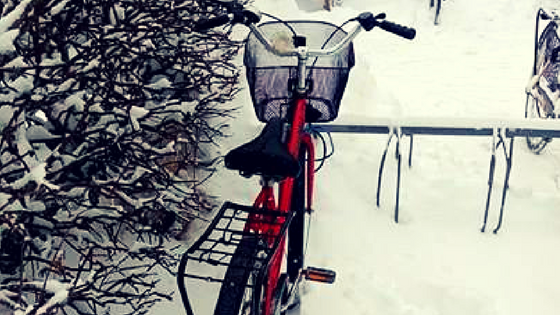
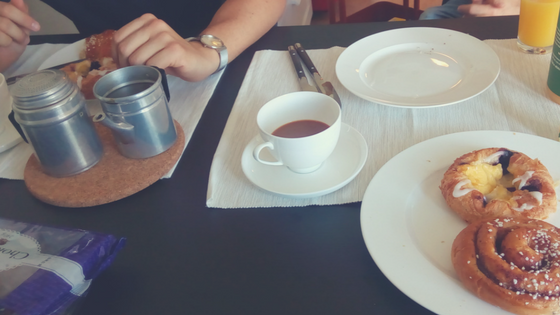
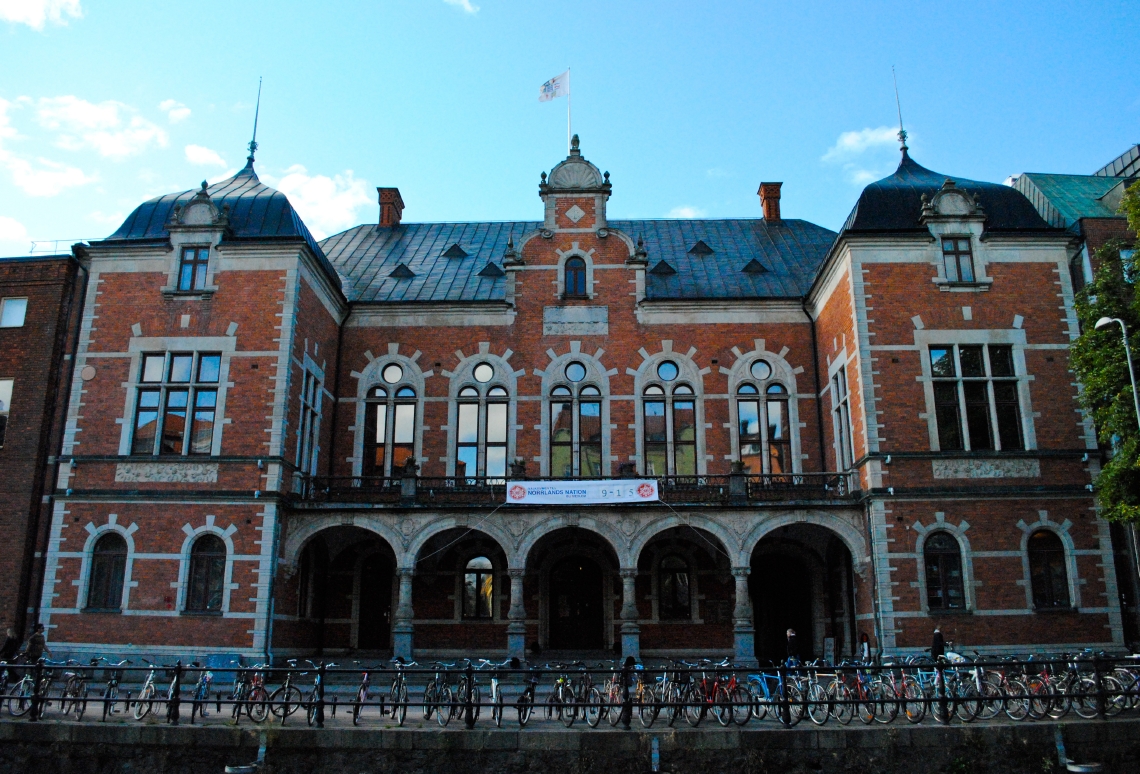
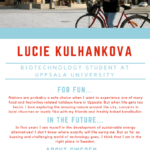
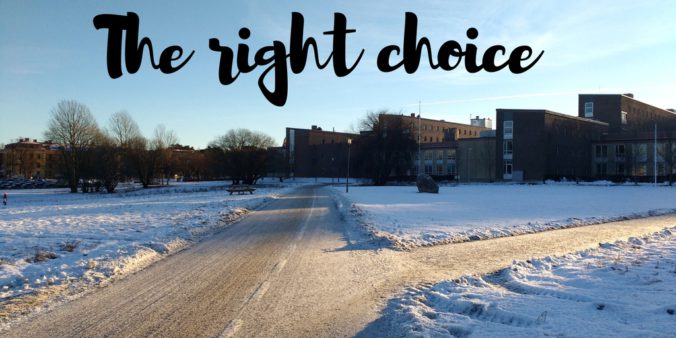
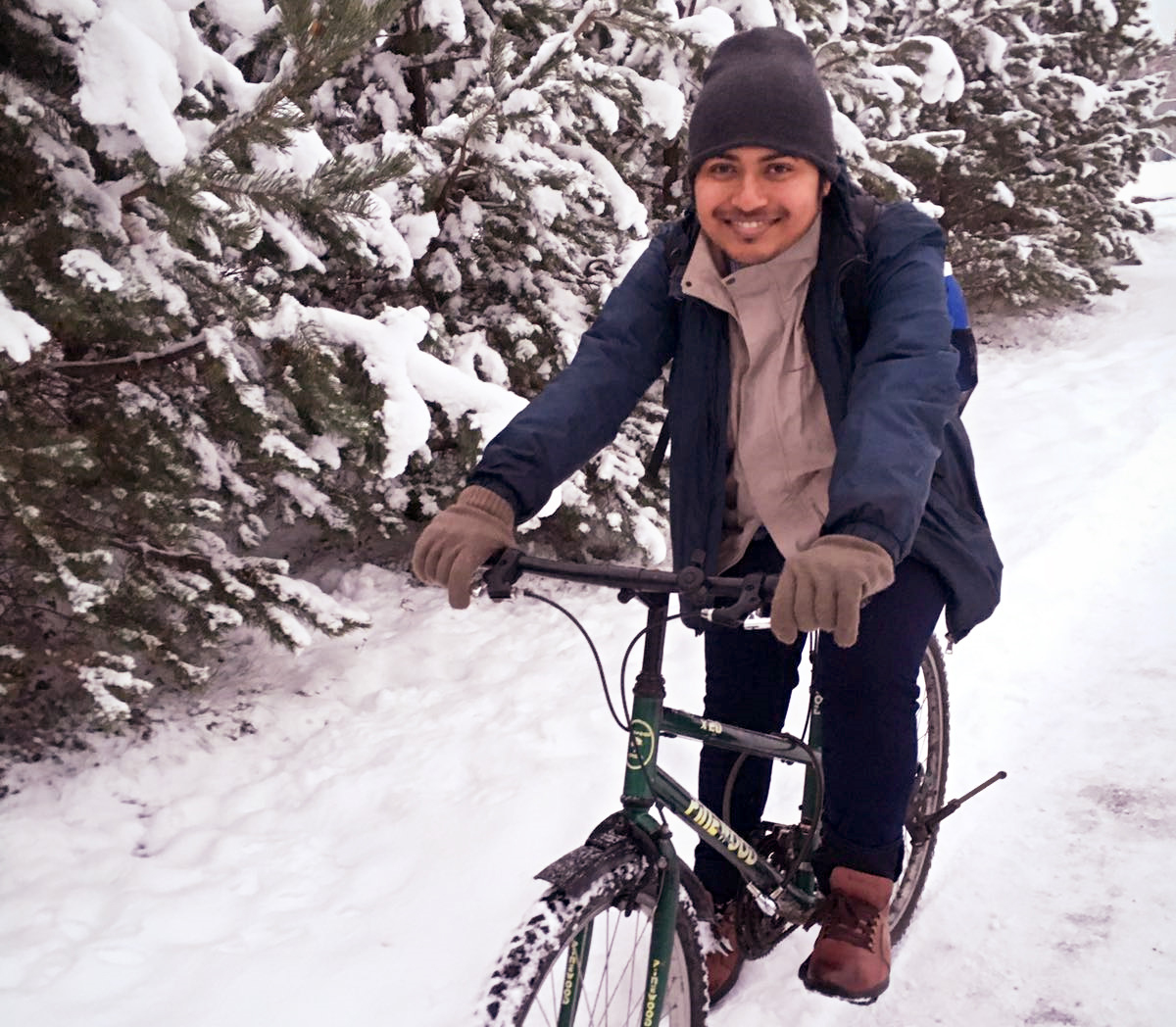
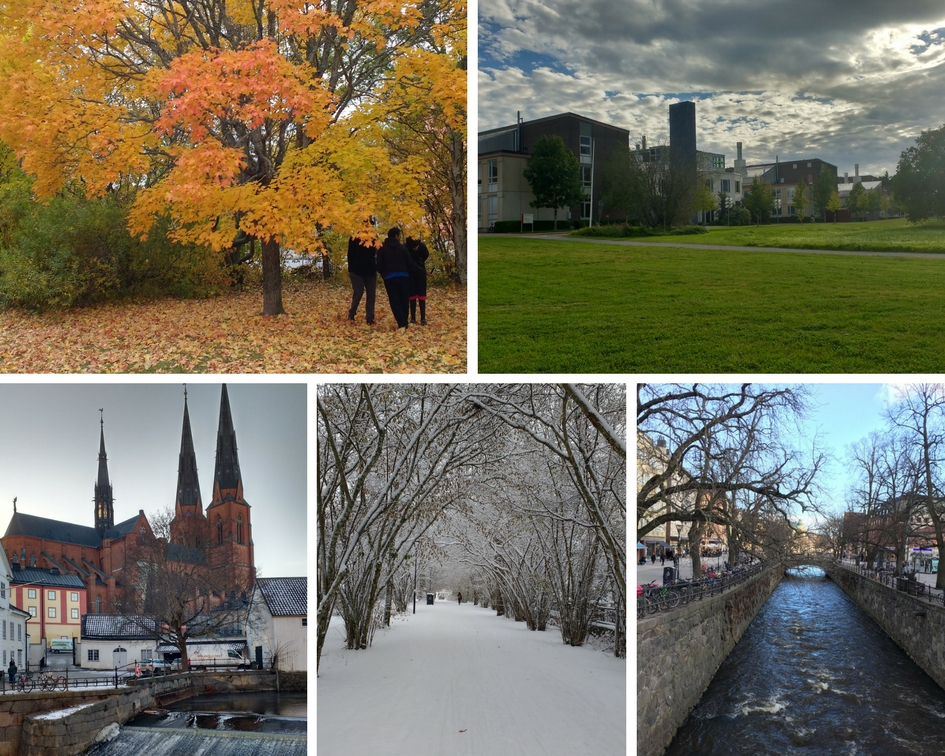

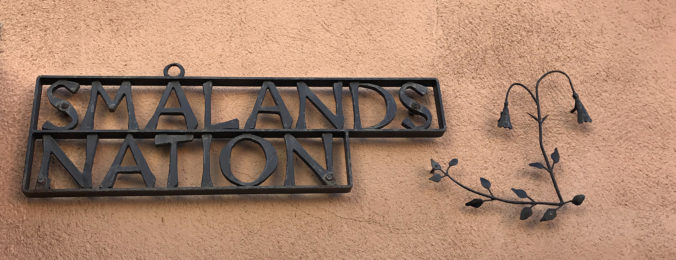

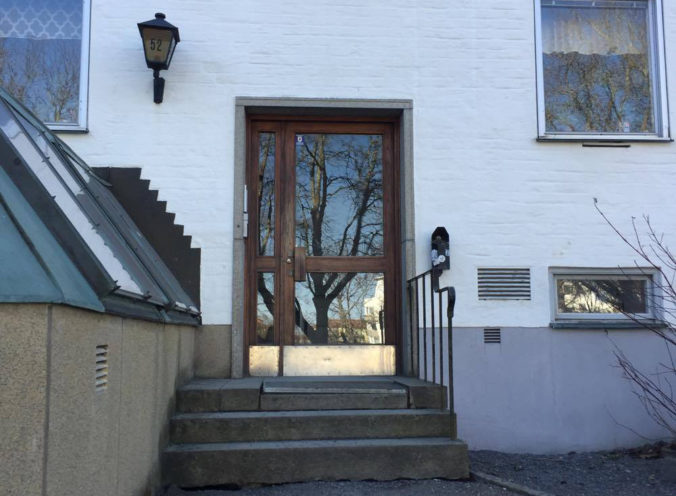
Recent Comments